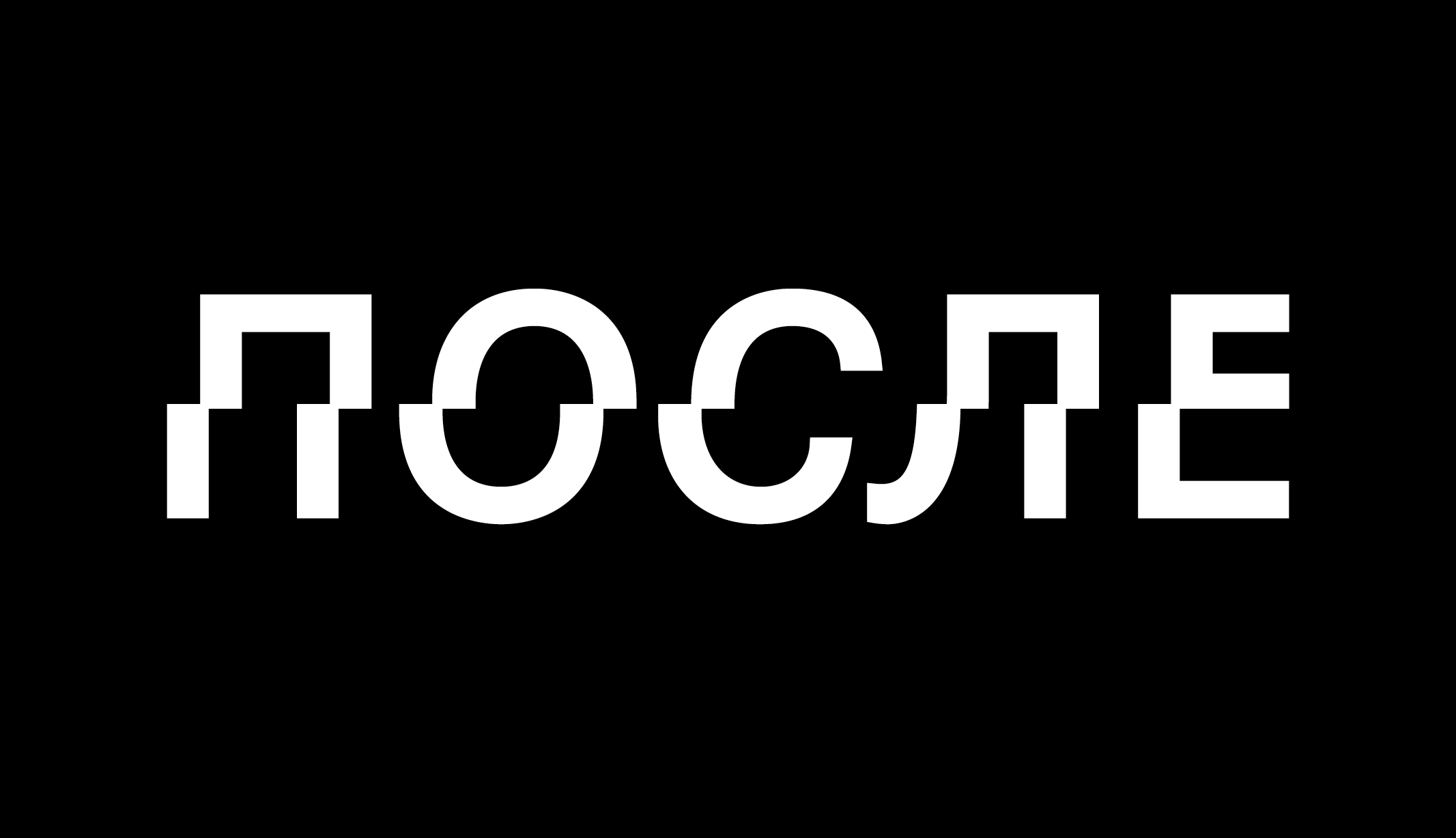For the model of development of digital and information technologies, the Russian ruling class draws more and more often upon the experience of China, Singapore and other non-democratic countries, which have succeeded in eliminating any technological lag behind the West. Such a model seems appealing to technocratic elites not only because it is efficient, but also because it allows to keep the political regime stable. Moreover, one could assume that such technologies as artificial intelligence and data mining will evolve faster in authoritarian countries where it is easier to get access to a great amount of personal data. In our country, talk about the necessity of adopting e-government has been heard for some time now from bureaucrats of various ranks. However, it is only with the start of the military campaign in Ukraine that these statements have been formed into a political program. Taking into account the characteristics of the Russian political system, one can expect that the technological turn which has been announced will reinforce the already rigid power vertical, and that automated data processing will bring control over all spheres of private and social life to a new level. However, not everything is so simple as far as I am concerned.
In January 2020 Mikhail Mishustin took the vacant post of Prime Minister. The man can best be described as a quiet bureaucrat-technocrat type from the Federal Taxation Service, who acquired a specialization in “computer-aided engineering systems” in a decent Moscow university and then defended a doctoral thesis, about which no one has had any questions so far. According to the media, Mishustin’s appointment was a surprise for professional observers as he was little-known to the general public. Nonetheless, analysts quickly made sense of the situation and explained the logic of such a nomination by the undeniable success of the bureaucrat in the sphere of “digitalization” of the work of the Tax Department.
The very first statements of the new Prime Minister did not contradict this — Mishustin promised to digitalize public administration within a relatively short period of time, to eliminate bureaucracy from most of the processes, to build a service approach to government interactions with citizens and business and many other things. Back then, he saw his main goal in “perfecting the system of social services and labor relations by using artificial intelligence and technologies to analyze and process big data”.
It is obvious that for a full-scale restructuring of the whole administrative system, not only considerable investments into research and development are required, (which are apparently lacking) but also there is a need for an unfathomable reserve of IT staff: developers, project managers, UX (user experience) designers and other web specialists. But when it comes to human resources, the state faces direct competition with the corporate sector: the demand for IT professionals has demonstrated a stable growth in recent years, and one can speak openly about a lack of qualified employees in this field.
According to digital employment statistics, Internet and digital media are used in about a half of Russian organizations, such as: banking operations, training and hiring staff, negotiations and video conferences. In about a quarter of cases, cloud services and storage are used, big user data are collected and analyzed. Document flows, corporate customer relationship management (CRM) systems, security systems and logistical chains all depend on IT infrastructure. Russia is not a leader in the introduction of IT solutions into the corporate and state sectors, and is considerably behind most developed European countries. Maintaining and developing IT infrastructure is now vital for a whole range of economic fields.
Data on the state of the labor market allow us to say that the high demand for IT human resources has not been compensated for by better pay and conditions of employment. According to information from the publication Head Hunter, the biggest Russian online resource for finding vacancies, from May 2021 to February 2022, the “deficiency index” of IT specialists (it is counted as a relation of a number of active resumes to open vacancies) indicated a lack of balance between demand and supply in favor of employees. Thus, in Moscow, for one open vacancy there was on average only 1.9 active resumes (to compare: in the sphere of science and education at the same time, for every one vacancy there were 8 resumes). The competition between employers was especially felt in field-specific IT companies, which experienced high personnel turnover and were unable to compete with conditions at large businesses from the financial sphere and other IT fields. This favorable trend allowed IT specialists to benefit from all the privileges of full-time employment, to get an annual pay rise and even an opportunity to gain shares in the company.
Until recently, the state sector was not seen as an appealing place of employment for IT specialists for a whole range of reasons. However, with the beginning of the military conflict in Ukraine the topic has acquired a neat political shape — the effect of sanctions can unpredictably influence career trajectories of the “golden fund” of the country. Thus, the Russian economy has already faced a massive brain drain of IT specialists from the country, and for now it is extremely hard to estimate the depth of this brain drain. According to some estimates, 40,000 IT specialists left the country in the first half of 2022, according to other estimates, the outflux was about 70,000 people during the first wave of immigration with a prediction for 100,000 within the second half of 2022, taking into consideration that the total number of specialists directly working in the sphere of development and implementation of software is between half and one million.
In response to the “Exodus”, the government led by Mikhail Mishustin immediately reacted by offering favorable mortgage conditions for IT specialists, deferment of military service, indexation of salaries as well as tax preferences for IT businesses. The following statement about the “preemptive development model”, speedy technological leap and accomplishment of “technological sovereignty” quite likely indicate a new political course, where there is a special role for programmers [note: “technological sovereignty” is the term often used by the Russian propaganda to advocate the country’s technological independence]. It is hard not to notice that in the new reality the stated goals sound more like goals of a Stalinist project to boost industrialization which was in fact initiated on the eve of a big war.
Of course, history remembers other, less traumatic episodes of catch-up development — for instance, in Asian countries. However, they did not happen in unbearable conditions of almost total isolation from those countries supplying the advanced technologies, with limitations on routes for logistics, and lack of communication with global markets and international expertise. The modernization in Japan in the period after the Second World War took place under the firm centralized control of the state, and with direct help of the Anglo-Saxon world. The Chinese modernization project started as early as under Deng Xiaoping and was continued by the next generation of leaders. It also included diplomatic and political efforts to integrate the country into global markets and value-added chains.
Thus, taking into account the state of play in July 2022, the “digitalization” according to the Stalinist scenario looks more probable. Nonetheless, I reckon that this trajectory is not predestined. There is a considerable range of obstacles which the Russian regime’s project of digital Stalinisation may encounter.
Firstly, in Russia, there is still only a small layer of marginalized political groups, who identify as imperialists, and speak about the necessity of a new renaissance of Stalinist military socialism. Apparently, their rhetoric is not loved by either the members of the Russian political establishment, who generally stick to a more moderate “constructive” policy, or by the population, which once again is returning to the state of political apathy. The “Stalinization” of the regime is unlikely to happen without citizen and internal elite mobilization.
Secondly, the internal political tendency of Russia to self-isolate is balanced by its acknowledgment that autarchy is impossible in any contemporary economic reality. Microchips, servers and software, which are necessary for the new technological “leap”, can by no means be replaced in the mid-term perspective, and it seems that people “in charge” realize that. Hopes are connected with China and India, which, in turn, largely depend on western markets.
However, the most important aspect is hidden in a different place. The Russian economy may face a workforce shortage at all levels of the production pyramid.
On the one hand, research about the development of innovations in the USA clearly shows the close connection between innovations, the amount of state investments into research and the competence of bureaucracy (As a measure to stabilize the budget the Ministry of Finance has offered to reduce expenses in several state programs at once, including “Scientific-technological development”). For political reasons, there may be no place for a layer of elite state managers in the new reality. In other cases, promising digital initiatives can experience pressure from censorship organs and, as a result, producers of new digital platforms and equipment could lack autonomy.
On the other hand, the outflow of IT engineers and developers is highly likely to continue. Analysts of the IT market are already observing the most massive outflux of specialists employed in international companies — there is no reason to assert that the process of closing up their activity in Russia has been already completed. Some IT specialists, who have left the country, but still continue working remotely for Russian companies, are searching for possibilities of future employment outside Russia. Employment contracts with relocation financed by the companies themselves often include a long period of time restricting the specialists moving to other organizations. After the termination of these contracts one can expect a new wave of outflux. The last fragment of the puzzle concerns value-based and political disagreements, which — alongside toughening political rhetoric and intensification of repressions — can provoke new waves of migration, while we know that the workforce is the key to everything.
Eventually, I suppose, that even despite the careful attempts of a small section of the elite to avoid a scenario of the harshest digital despotism, the system will gravitate towards such a solution. The benefits are too obvious: the regime will gain more control as well as more stability in the mid-term. The administrative apparatus will benefit from transparency and accountability of internal mechanisms and the richer and more educated population of big Russian cities will most likely appreciate security and new quality of interactions with state organs after the full establishment of e-government. Russia might present an uncomfortable, but in some sense advanced, political and economic project. However, taking into account all the structural limitations, such a perspective seems slim. With many other elements missing, the system lacks what is crucial — any potential for the mobilization of civil society and a digital proletariat to write a new “civilizational code”.







